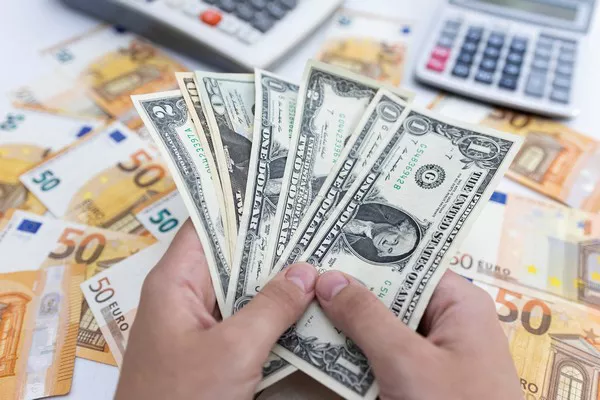Old two-dollar bills, with their distinct red seal and unique historical appeal, pique the interest of collectors and currency enthusiasts alike. While these bills are no longer in circulation, they hold a certain charm and curiosity, leading many to wonder about their potential value. In this article, we will explore the world of old two-dollar bills, discussing their history, factors that influence their worth, and providing insights into determining their value in today’s numismatic market.
1. Historical Context:
The two-dollar bill has a fascinating history that dates back to the early days of American currency. The first two-dollar bills were issued in 1862 during the American Civil War as part of the Legal Tender Act. Over the years, various designs and series have been introduced, each carrying its own historical significance and aesthetic appeal.
2. Rarity and Age:
The age and rarity of an old two-dollar bill can significantly impact its value. Two-dollar bills from the late 19th and early 20th centuries, such as those featuring the “Red Seal” design, are often more sought after by collectors. Bills from specific series, such as the 1928 or 1953 series, may also hold greater value due to their relative scarcity compared to later series.
3. Condition and Grading:
The condition of an old two-dollar bill is a crucial factor in determining its value. Bills in pristine, uncirculated condition with minimal signs of wear and handling typically command higher prices. Grading services, such as the Professional Coin Grading Service (PCGS) and the Paper Money Guaranty (PMG), assess the condition of paper currency on a numerical scale, providing a standardized evaluation that helps collectors and buyers determine the bill’s condition and subsequent value.
4. Design Variations:
Old two-dollar bills have undergone design changes over the years, and some variations are more coveted than others. For example, the “Red Seal” design, featuring Thomas Jefferson on the front and Monticello on the back, is highly sought after by collectors. Additionally, special issues, commemorative editions, or bills with printing errors or unique serial numbers can add to the bill’s desirability and value.
5. Significance of Signatures:
The signatures of key officials, such as the Secretary of the Treasury and the Treasurer of the United States, can impact the value of an old two-dollar bill. Bills bearing the signatures of notable individuals or rare signature combinations may be more valuable to collectors.
6. Demand and Market Trends:
The value of old two-dollar bills is also influenced by supply and demand dynamics within the numismatic market. Collectors’ interests, changing trends, and fluctuations in the general currency market can impact prices. Additionally, factors such as the overall condition of the economy and the availability of specific bill series or designs may influence the perceived value of old two-dollar bills.
7. Consultation with Experts:
Determining the value of an old two-dollar bill often requires the expertise of numismatic professionals or appraisers who specialize in currency. These experts have in-depth knowledge of market trends, historical context, and factors that affect a bill’s value. Their insights can help provide a more accurate assessment of a specific bill’s worth.
8. Rarity and Collectibility:
Old two-dollar bills, particularly those with unique characteristics or limited availability, can be highly collectible. Collectors may be willing to pay a premium for bills that complete a specific series or hold historical significance. The rarity and desirability among collectors can elevate the value of an old two-dollar bill beyond its face value.
9. Preservation and Authentication:
Preserving the condition of an old two-dollar bill is crucial to maintain its value. Proper storage in acid-free holders or currency sleeves, away from direct sunlight and excessive humidity, can help prevent damage and deterioration. It is also advisable to consult professional appraisers or authentication services to verify the bill’s authenticity and ensure it is not a counterfeit or reproduction.
Conclusion:
Old two-dollar bills, with their rich history and unique design, have captivated the interest of collectors and currency enthusiasts. The value of these bills is influenced by factors such as rarity, age, condition, design variations, and market demand. Assessing the value of an old two-dollar bill often requires consultation with numismatic experts and consideration of market trends and historical context. Regardless of their monetary value, these bills hold a piece of American history and serve as a testament to the enduring fascination with currency and its artistic expression.


